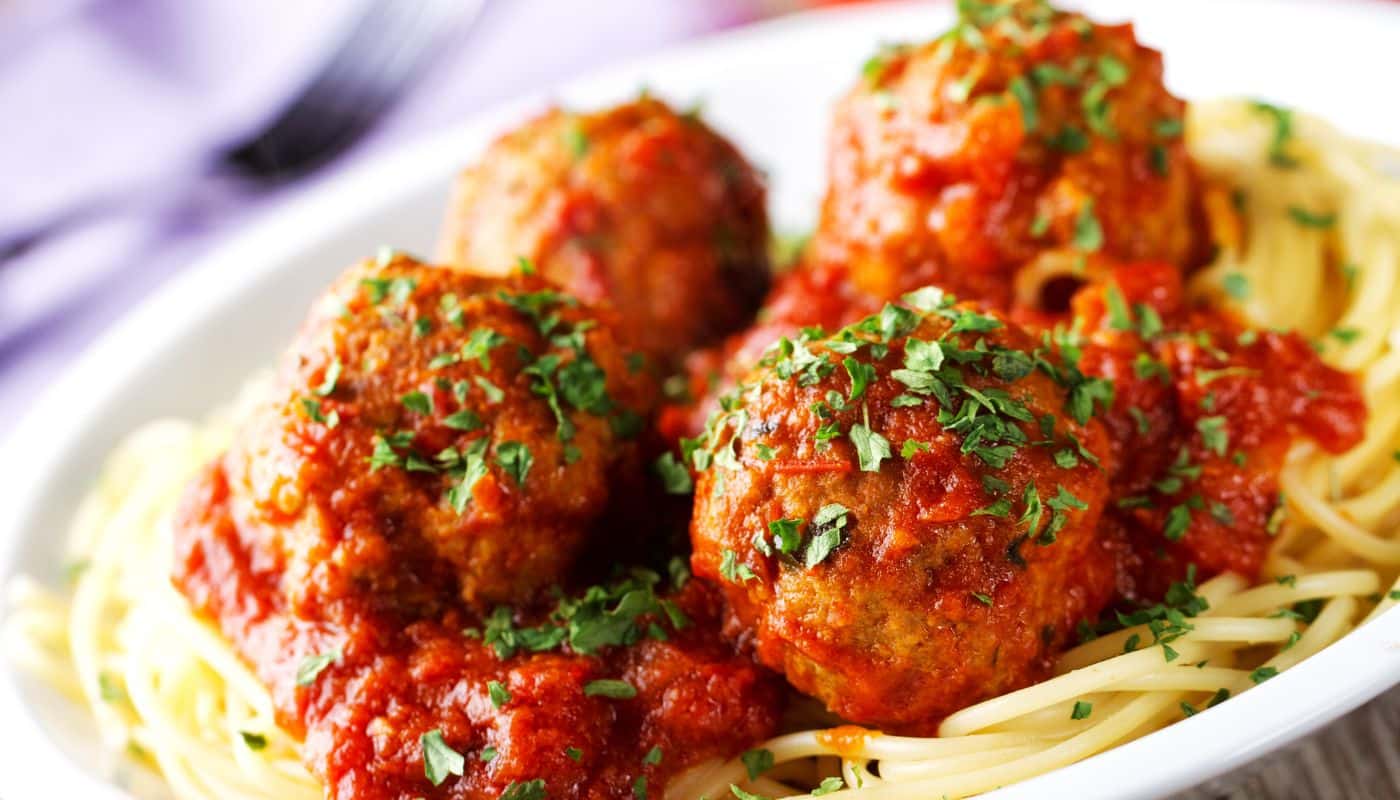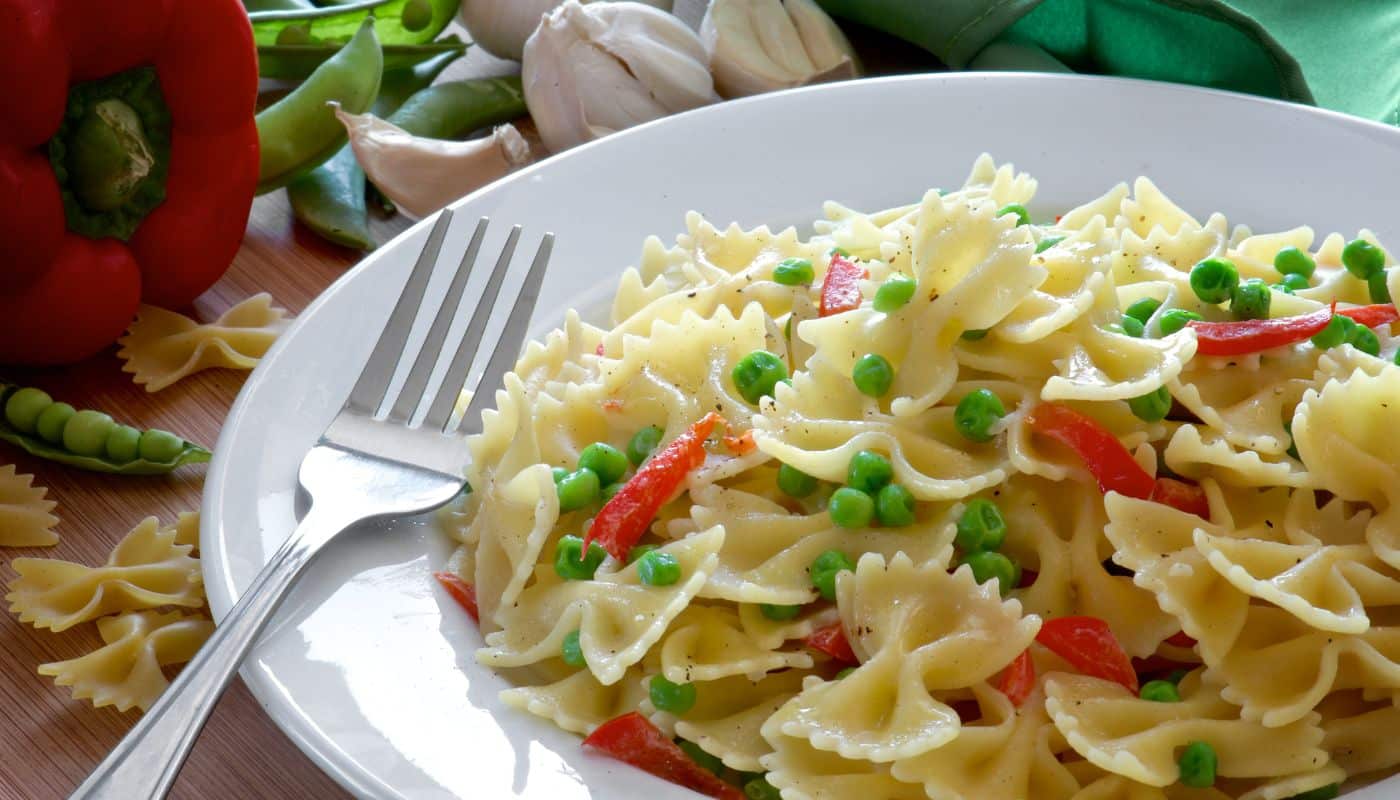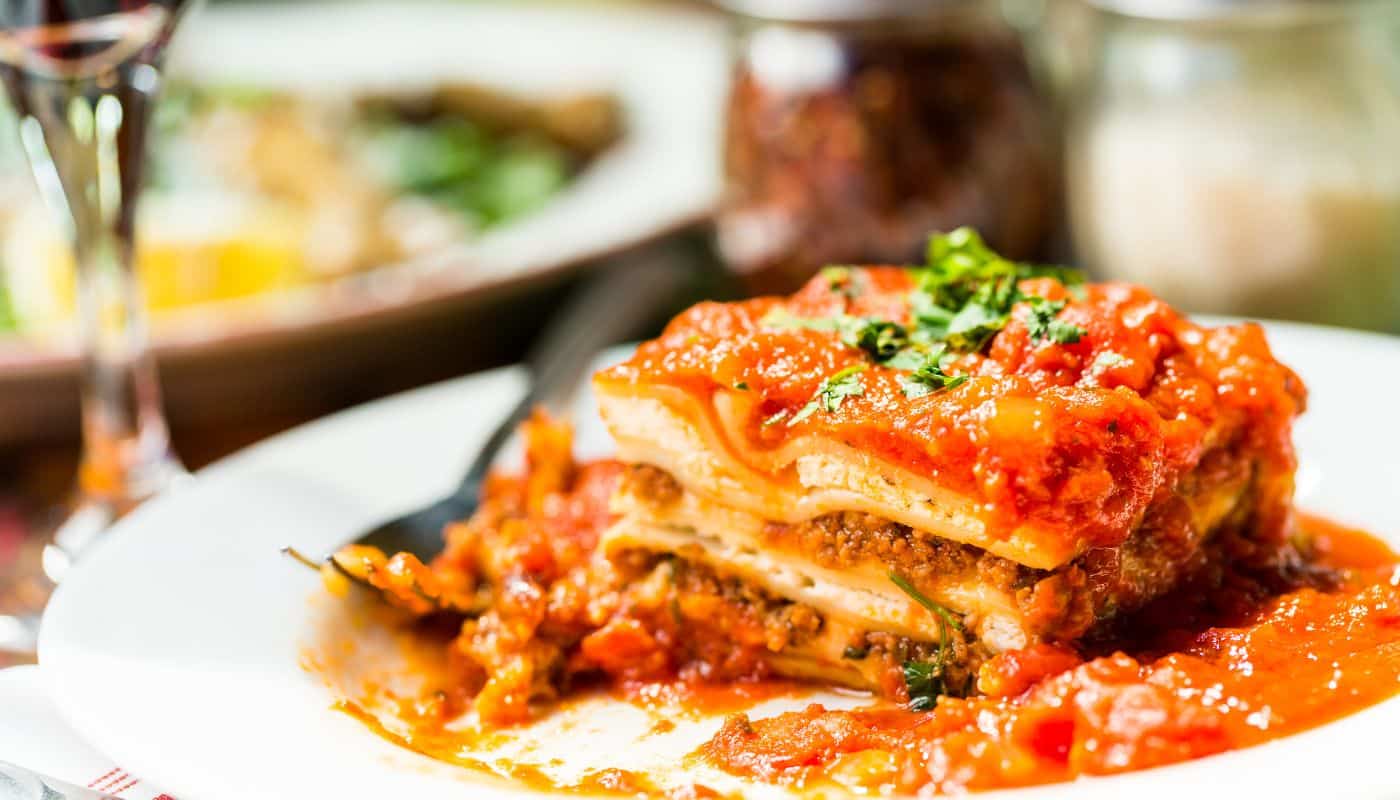The Rich Tapestry of Italian Pasta: Types and Traditions
Italy, the land of art, history, and culinary delights, boasts a remarkable contribution to the world: pasta. This humble yet versatile staple has woven itself into the fabric of Italian culture, gracing tables from bustling trattorias to cozy family kitchens. Let’s delve into its fascinating world, exploring its myriad shapes, flavors, and historical roots.
A Brief History: Origins and Myths
The origins of pasta are shrouded in both fact and legend. While schoolchildren once learned that the Venetian explorer Marco Polo introduced it to Italy after his travels to China, historical evidence suggests otherwise. Noodles made from durum wheat—similar to modern pasta—existed in Italy long before Polo’s time. These early Etrusco-Roman noodles, known as “lagane,” were oven-baked rather than boiled. However, it was the Arab influence during the Middle Ages that it truly transformed in Italy. The Arabic invasions of the 8th century brought new ingredients and techniques, shaping regional cuisine and paving the way for pasta’s widespread adoption.

Southern Italian Influence
In the sun-kissed south of Italy, where durum wheat thrives, pasta found its true home. The Sicilian term “macaroni” (derived from energetic dough kneading) became synonymous with pasta-making. Early Sicilian recipes often featured Middle Eastern ingredients like raisins and cinnamon, hinting at medieval culinary traditions. Durum wheat, abundant in Italy’s climate, fueled the pasta revolution, making it an ideal staple for both Sicily and the mainland.
Types of Italian Pasta
Italian pasta comes in a delightful array of shapes, each designed to hold sauces, enhance flavors, and evoke regional pride. Let’s explore some common types:
Long Pasta
Angel Hair (Capellini): Delicate and thin, angel hair pairs beautifully with light oil-based or cream sauces. Try it with homemade marinara or shrimp scampi.
Bucatini: Like thick spaghetti with a hollow center, bucatini hoards extra sauce. Perfect for soups and casseroles.
Fettuccine: Wider and denser than spaghetti, fettuccine shines with creamy alfredo or chunky meat sauces.

Traditional Italian spaghetti with meatballs
Spaghetti: By and far the most popular variant. Its classic cylinder shape is ideal for meatballs or a twist with pesto shrimp.
Linguine: Similar to fettuccine but narrower, linguine complements seafood dishes and white wine sauces.
Short Pasta
Penne: Tubes with diagonal cuts, penne captures sauces beautifully. Pair it with arrabbiata or vodka sauce.
Farfalle (Bowtie): These whimsical bowties hold chunky sauces and veggies. A playful addition to any dish.

A farfalle vegetable dish
Rigatoni: Large, ridged tubes that trap hearty sauces. Rigatoni loves a robust Bolognese or amatriciana.
Orecchiette: Shaped like little ears, orecchiette hails from Puglia. It cradles sauces and veggies effortlessly.
Sheet or Stuffed Pasta
Lasagna: Layered pasta sheets, perfect for rich meat ragù and creamy béchamel.

Lasagna
Ravioli are Pillow-like pockets filled with cheese, meat, or veggies. Serve with sage butter or marinara.
How Italians Enjoy Their Pasta
Italians celebrate it with gusto. Here are some beloved traditions:
Sunday Lunch: Families gather for a leisurely feast, often featuring lasagna or baked ziti.
Aperitivo: Pair your spritz or negroni with small plates—think cacio e pepe or aglio e olio.
Regional Specialties: From Sicilian pasta alla norma to Roman carbonara, each region boasts unique recipes.
Al Dente: Italians prefer their it “al dente”—firm to the bite—allowing flavors to shine.

So, whether you twirl spaghetti or savor tortellini, remember that every forkful carries centuries of history and passion. Bon appetit!




